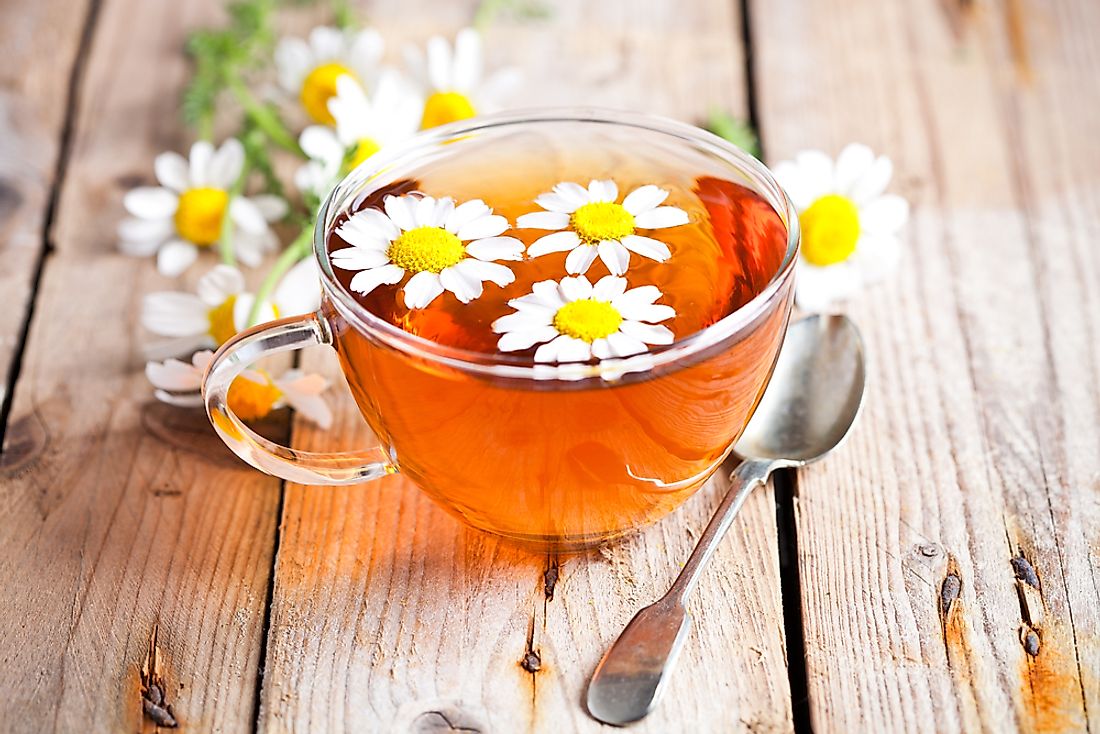The World's 7 Most Delicious Types of Tea

7. Pu'erh Tea

Pu'erh tea is produced by the drying and rolling of tea leaves that have undergone microbial fermentation and oxidation. It is a traditional Chinese beverage which was initially dried and processed naturally. This process was long and could take up to fifteen years. In the 1950s, there was a sudden increased demand for Pu'erh tea in Hong-Kong. The demand led to a dire need for standardization of the process of darkening the tea leaves. This new process reduced the manufacturing time from years to months. Pu'erh tea can be classified into different varieties depending on the shape, region, cultivation, and grade. Scientific research has shown that consumption of Pu'erh tea suppresses total cholesterol level in the blood.
6. Herbal Tea

Herbal tea is a beverage made from the infusion of herbs, spices, and fruits in hot water. They are sometimes called fruit teas or tisanes. Generally caffeine-free, these teas have been enjoyed since ancient times. They are composed of dried flowers, leaves, seeds and roots and can be sweetened or not. Popular types of herbal teas include chamomile and hibiscus.
5. Mate Tea

Mate, also known as yerba mate, is a traditional South American beverage. The preparation is a very simple process where one fills a container with tea leaves, locally known as yerba, and then pours hot water over the leaves. The beverage is consumed using a straw to ensure that you only draw the liquid and not the leaves. Mate tea contains vitamins B and C as well as antioxidants. It is known for its high caffeine content.
4. Oolong Tea

The name oolong is derived from a Chinese name "wulong" which means "black dragon tea". Its origins are in China. The process of preparing oolong tea is very rigorous, deeply relying on both time and temperature. Withering, rolling, shaping, and firing follows a process similar to that of the black tea. In fact, as oolong tea is unfermented, it can be understood as being somewhere between green tea (which is unfermented) and black tea (which is fermented). The fermentation level of oolong tea can vary depending on the type, but can be anywhere between 8 to 70% fermented. Oolong tea is best stored in a cool, dry place.
3. White Tea

White tea is made from very young leaves or immature buds which are not rolled nor oxidized like the black or green teas. The color is however not white like the name suggests but rather pale yellow when brewed. It is known for its delicate taste. It is also known for being one of the most expensive types of tea on the market, particularly with its "silver needle" variety. Its caffeine level is slightly less than that of green tea.
2. Green tea

The production of green tea originated from China and gradually spread to the other parts of the world, particularly within Asia. There are several varieties of green tea which depend on the subspecies used in production, growing conditions and the time of harvest. Although many have asserted numerous health benefits of green tea, no scientific research has been able to come up with any evidence of such. On average, green tea contains 99.9% water and an insignificant level of calories.
1. Black tea

Black tea is known for its ability to keep for several years as it is more oxidized than the green and oolong tea types. This characteristic enabled it to be used as a de facto currency in Mongolia in the 19th Century. There are several varieties of black tea, many of which are named for the regions in which they are produced. Over the years, black tea has often been blended with other plants to produce different flavors including masala chai, Irish breakfast tea, and earl grey tea. Research has revealed that consumption of black tea may reduce the risk of stroke.











